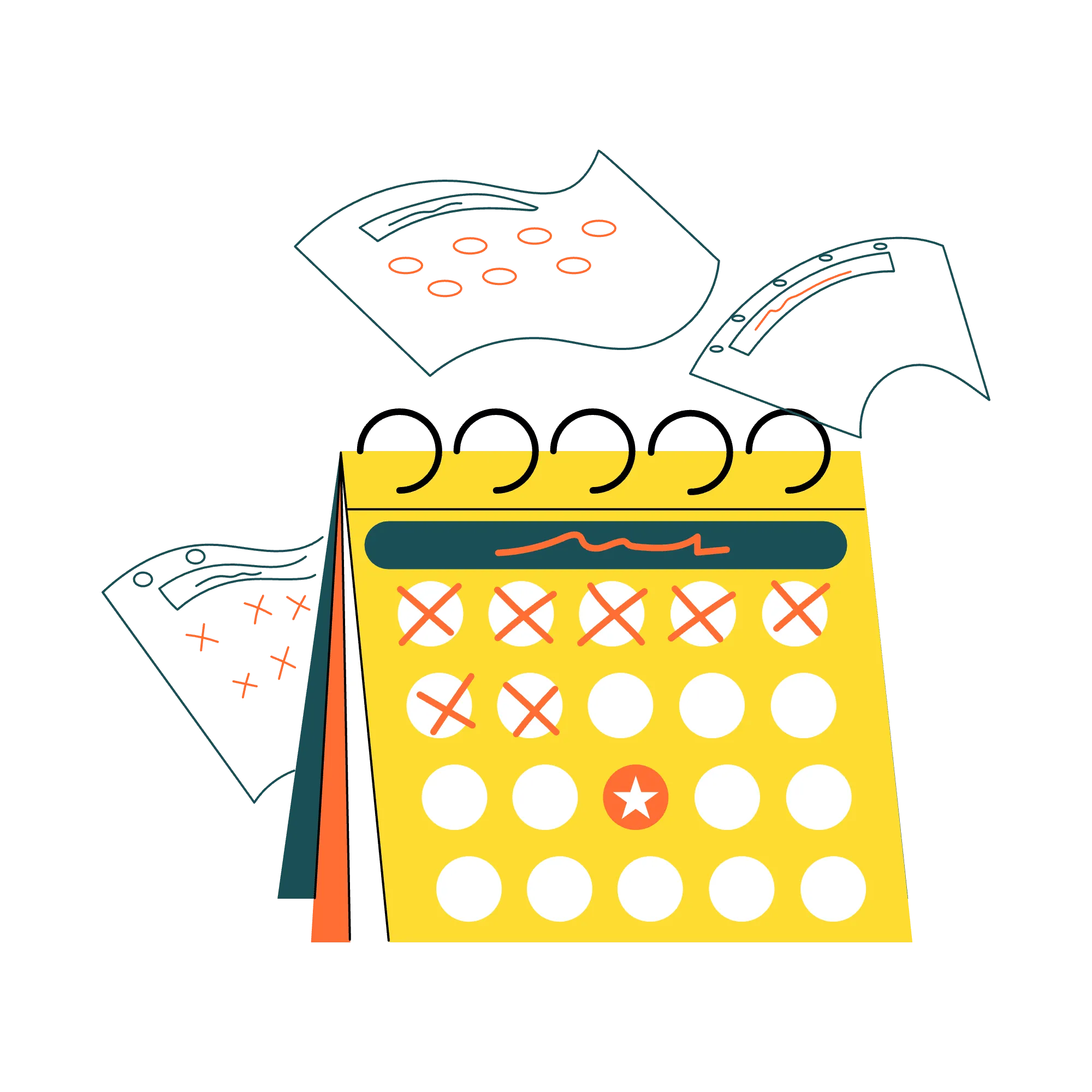Audience segmentation
Map belief-based segments that drive all demand generation decisions. Identify which assumptions your buyers hold vs doubt, then build campaigns around closing those belief gaps.

Map belief-based segments that drive all demand generation decisions. Identify which assumptions your buyers hold vs doubt, then build campaigns around closing those belief gaps.

Segmentation is mapping beliefs. Every purchase requires certain assumptions to be true. Different people doubt different assumptions. That's your segmentation.
Someone buying cybersecurity training needs to believe employees are a security risk, training changes behaviour, and your solution delivers results. But different buyers sit at different points in that belief spectrum. The compliance officer believes the problem exists but doubts training effectiveness. The breach-reactive CEO believes training works but doesn't know which vendor to choose. The proactive CSO believes in your quality but needs ROI proof for the board.
Someone adopting email outreach tools needs to believe paid ads are too expensive for their situation, outbound is the right approach, email beats LinkedIn for their use case, and list building is worth the effort. But marketers for Lemlist or Surf face different belief gaps. Some prospects don't believe outbound still works. Others believe in outbound but think LinkedIn is better than email. Others believe in email but doubt whether building lists is worth it vs buying data.
Map every assumption needed for purchase. Identify which assumptions each segment holds vs doubts. Build all campaigns around addressing specific belief gaps.
This playbook shows you how to build belief-based segments in a spreadsheet, trace paths through assumption splits, and create 3-5 segments that drive all demand generation decisions.
Document every assumption someone needs to believe to buy from you, organised from problem awareness through to purchase decision.
Identify where different people doubt different assumptions, then trace paths through those splits to create 3 to 5 distinct segments.
Create one profile per segment documenting current beliefs, missing assumptions, channel fit, and message focus.
Build your channel strategy and optimise each channel, so you grow traffic strategically without burning budget.

.webp)
Identify repetitive tasks draining time and build workflows that run without you. Use HubSpot and Zapier to automate lead routing, follow-ups, notifications, and data entry.

Set up and run the weekly 12-metric review across all four growth engines. Structure the meeting, assign ownership, use traffic lights, and escalate issues that need attention.

Build a reporting dashboard that tracks the 12 growth metrics across all four engines. Choose the right tool, structure views correctly, and make data actionable weekly.

Keep deals moving forward with automated outreach cadences, task reminders, and nurture sequences that prevent qualified leads from going cold or slipping through the cracks.

Qualify prospects and uncover needs through structured discovery conversations that build trust, surface pain points, and position your solution as the obvious choice.

Convert interested leads into booked meetings through confirmation flows, reminder sequences, and cancellation handling that maximise show rates and reduce no-shows.
Segmentation is mapping beliefs. Every purchase requires assumptions to be true. Different people doubt different assumptions.
Use two examples throughout all three chapters:
Example 1: Cybersecurity trainingRequired beliefs:
Segments split based on which beliefs they hold:
Example 2: Lead gen tools (marketer's perspective for Lemlist/Surf)Required beliefs (top of funnel first):
Segments split based on which beliefs they hold:
Method: Create spreadsheet with assumption columns. Start with foundational assumption (top of belief chain). When beliefs split, create new column. Each path through spreadsheet equals one segment. End with 3-5 belief-based segments.
Output format: Table with columns: Segment | Current beliefs | Missing assumptions | Channel fit | Message focus